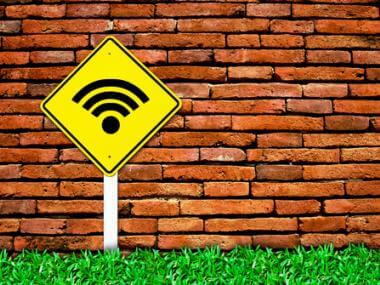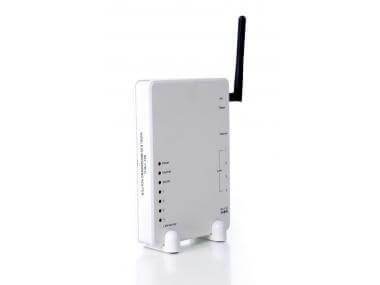How to Encrypt Your Files
Tech Talker unscrambles the complicated world of encryption and shows you how to send encrypted files safely via the web.

What Is Encryption?
But before we get ahead of ourselves, let’s take a quick look into what encryption is and how it works. Imagine you are going to send a postcard in the mail. You go to your nearest mailbox and drop the postcard into the slot. What many of us forget is that anyone who handles the postcard on the way to its destination will be able to read exactly what you wrote. This is similar to what happens when your data is sent over an /tech/mobile/the-dangers-of-unsecured-wifi-hotspots—anyone who intercepts the message has the ability to read it.
This definitely wouldn’t be ideal if you were sending something of a personal nature, would it? That’s where encryption steps in! Encryption basically scrambles your data, or in this case your postcard, to make it unreadable to anyone else unless they know the special key or password to open it up.
Encryption is used all over the internet for things such as online banking, secure /tech/computers/introduction-to-bittorrent-part-2, and pretty much any website that requires a password.
Now that you understand what encryption does, you’re probably wondering how you can use encryption to protect your files when sending them over the internet. Luckily, it’s really simple!
How to Encrypt Your Files
There is a free program called https://www.truecrypt.org/ that will allow you to do just that. What I love about this program is that it works for every platform out there and is completely free. It’s also a small program and can install really quickly on your computer.
After you install the program, you can create a “New Volume,” which is the space where you’ll be storing the files you wish to send. Anything you put in the volume will be encrypted. You will set a password for the volume, and then “mount” the volume. Mounting the volume basically means you’re making it available to put stuff into it, and unmounting will lock the volume from any changes.
Once the volume is created, it will show up on your computer as a new drive while it is mounted. From there, you can transfer all your top-secret information into the volume and then unmount it when you’re done.
Now you will be left with a closed volume. This closed volume is essentially your locked digital safe. You can send this file over email, /tech/computers/how-to-send-and-receive-large-files and not have to worry about anyone intercepting it. Even if someone were to look at this file, they would have no idea what it was, how to open it, or what the password was. Just keep in mind though, that the /tech/computers/how-to-create-and-manage-strong-passwords, the harder it will be for hackers to break this virtual safe.
The best way to use TrueCrypt is to make sure that you, and whoever you’re sharing the files with, both know the password of the volume ahead of time. This way, you can trade files back and forth and the only way for someone to get at your files would be to try and crack your password. If you followed the advice in my episode on /tech/computers/how-to-create-and-manage-strong-passwords then you should be just fine. If you want to see how safe your password is, click this https://lastbit.com/pswcalc.asp to calculate how long it would take to break your password with current computer technology.
So let’s go over the 6 Quick and Dirty Tips for sharing encrypted files:
-
Make sure both you and your destination have TrueCrypt installed in your computers and that you both know your shared password.
-
Create a “New Volume” using TrueCrypt.
-
Copy the files you wish to share into the volume.
-
“Unmount” or lock the volume.
-
Share the file over email, BitTorrent, WeTransfer, Dropbox or any other file sharing service.
-
Sit back and relax knowing that your top-secret blueprints for a /tech/computers/how-technology-can-help-in-a-disaster are safe from prying eyes.
Lastly, I want to share with you a great https://www.youtube.com/watch?v=alQj1Xxmpdk&feature=related that I found to go along with this podcast that will walk you through all of the steps for creating your first encrypted volume. It’s really easy to do and will allow you to follow along step by step.
And if by chance you’re not a fan of TrueCrypt, there are some other great options such as https://www.7-zip.org/, and https://www.axantum.com/axcrypt/ that can also encrypt your files.
Well, that’s it for today! Be sure to check out all my earlier episodes at https://techtalker.quickanddirtytips.com/. And if you have further questions about this podcast or want to make a suggestion for a future episode, post your comments on the https://www.facebook.com/qdttechtalker page.
Until next time, I’m the https://techtalker.quickanddirtytips.com/, keeping technology simple!
Encryption image courtesy of Shutterstock.






